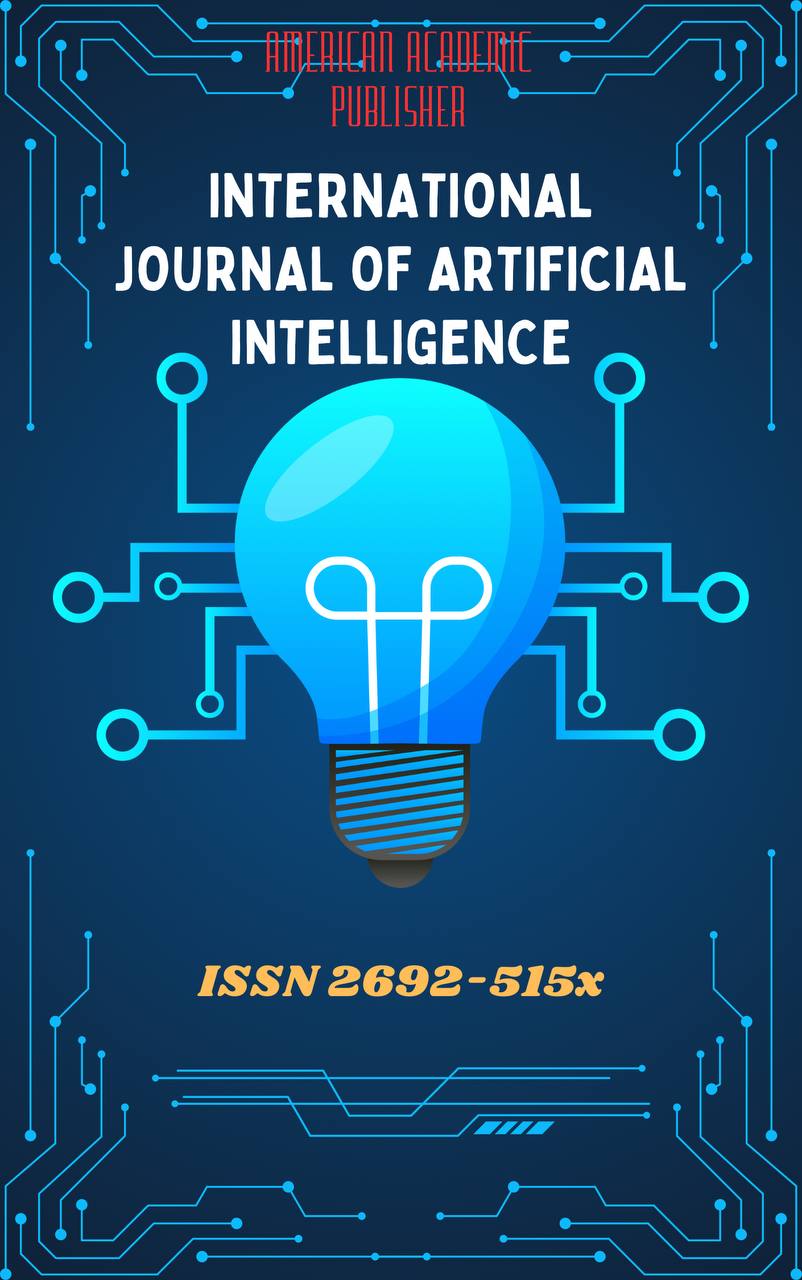 Articles
| Open Access |
Articles
| Open Access | TECHNOLOGICAL STAGES OF PRODUCTION IN THE EXPERIMENTAL WORKSHOP AND NEW CLOTHING MODELS (on the example of clothing design)
Suvonova Ma'mura Yusupovna,I.M. Orakbayeva,U.Q. Murodboyeva , Karshi State UniversityAbstract
The process of creating a model consists of the following stages: working on the fabric and developing a model sketch; selecting fabric and additional decorative materials; cutting and sewing the item according to the sketch using the mulliege method in cooperation with the artist-modeler and technological laboratory technicians. Complete information about the model can only be obtained from its finished sample. When using a model sample, its details are recorded on special patterned paper. New models of clothing are produced in the Fashion House, as well as in the experimental workshops of large sewing enterprises.
Keywords
Experimental workshop, constructive, silhouette, new model, detail, typical structure, methods, technical project, sketch, technological, fashion, design, industry, stages, documents, clothing, modeling, automation, decoration, weaving, cutting, sewing, soaking - heating, finishing, consumables, materials, measurement, production, flow, product, clothing - clothing, leather - footwear, triotage, tailoring.
References
M.Sh. Jabborova “Sewing Technology” Textbook for Higher Education Institutions. Tashkent “Teacher” 1989.
M.Sh. Jabborova “Sewing Technology” Tashkent. “Uzbekistan” 1994.
AT Trukhanova “Fundamentals of Sewing Technology” T. “Teacher” 1997.
Pulatova SU ” Clothes construction " Fundamentals " . T . , 2001.
Abdullayeva QM Sewing items design and modeling basics . T.2008.
GK Khasanboyeva, OI Krimova, “Clothes model development and construction”. Tashkent, “Okytuvati”, 1990.
Article Statistics
Downloads
Copyright License

This work is licensed under a Creative Commons Attribution 4.0 International License.

